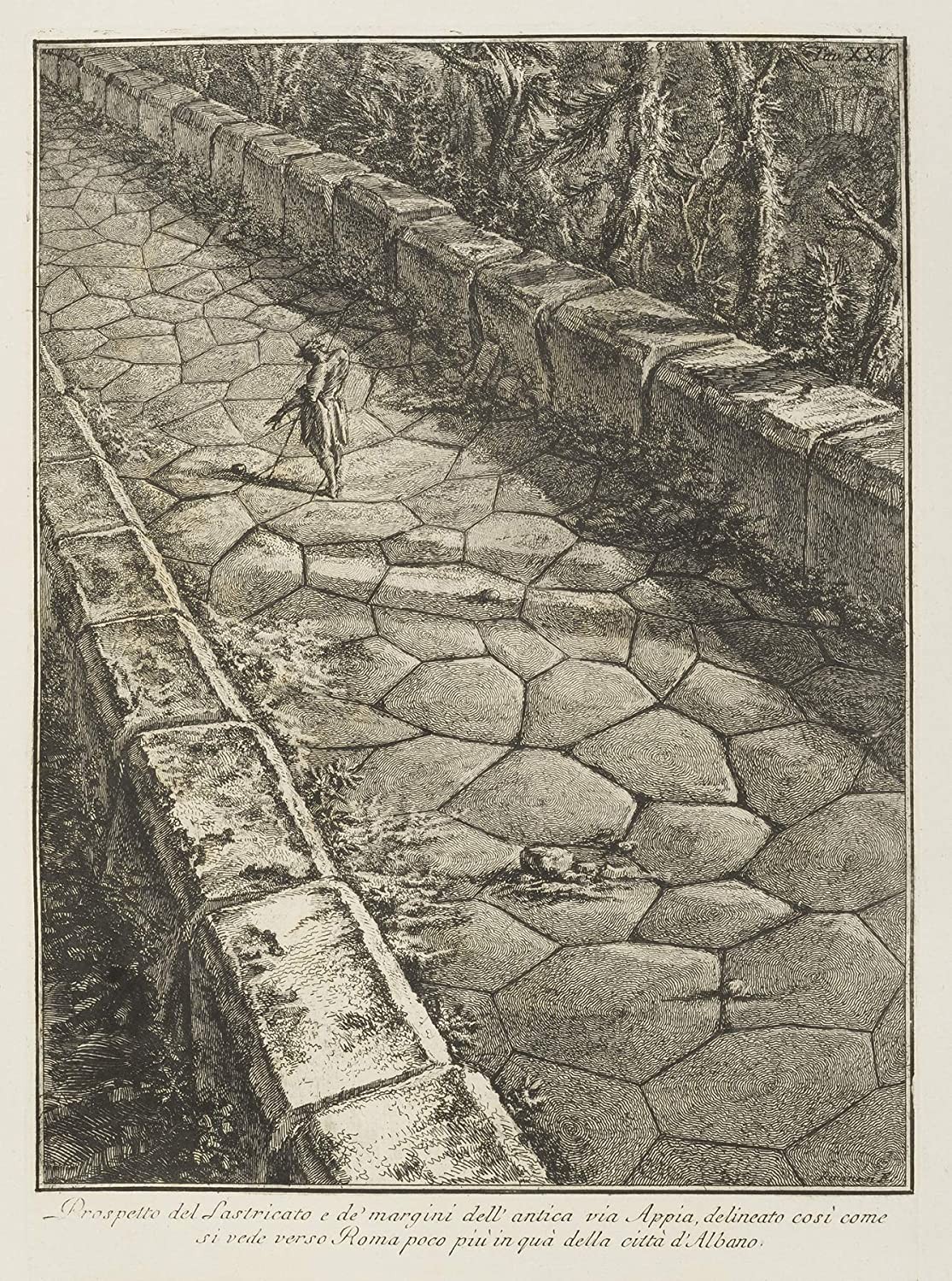Éric Alonzo
Railway architecture
History and theories
Since the late 1980s, the proliferation of street, road, motorway and parkway projects entrusted to architects or landscape architects has often been interpreted as the ‘renaissance’ of a tradition specific to these professions, which is said to have persisted until the 19th century, before roads became governed solely by technical considerations. The aim here is to verify and explore this hypothesis by studying how, from antiquity to the present day, a way of conceiving the road, in its concrete and tangible dimension, as an object of ‘architecture’ (considered in its broadest sense, including to a large extent landscape architecture and urban planning) has been experimented with, invented and theorised. The first three parts deal successively with how the architectural design of roads developed until the beginning of the 20th century according to three paradigms: the built environment, the garden and the flow. The fourth and final part looks at the abandonment, permanence and recomposition brought about by the advent of motor traffic and asks whether, as is commonly accepted, this new mode of transport is responsible for a radical paradigm shift. The conclusion finally opens up some avenues for reflection on how to think about roads today, contrary to the doctrines of hybridisation, within the inclusive field of architecture.
- PhD framework
◖ Dissertation supervisor
Antoine Picon (HDR)
École des Ponts Paris Tech, Professor at Harvard University, Graduate School of Design
Sébastien Marot
OCS Laboratory, Ensa Paris-Est
◖ PhD framework
Thesis defended in March 2013
◖ Research environment
OCS Laboratory
AUSser joint research unit, Gustave Eiffel University
About research
◖ Distinction
European Prize Manuel de Solà Morales 2017
◖ Publication
- L'Architecture de la voie. Histoire et théories, Marseille/Champs-sur-Marne, Parenthèses/École d'architecture de la ville & des territoires, 2018.
See the book →
Illustration →
G. B. Piranesi, "Prospetto del Lastricato e de' margini dell' antica via Appia", Antichità d'Albano e di Castel Gandolfo, 1764, pl. xxv.
